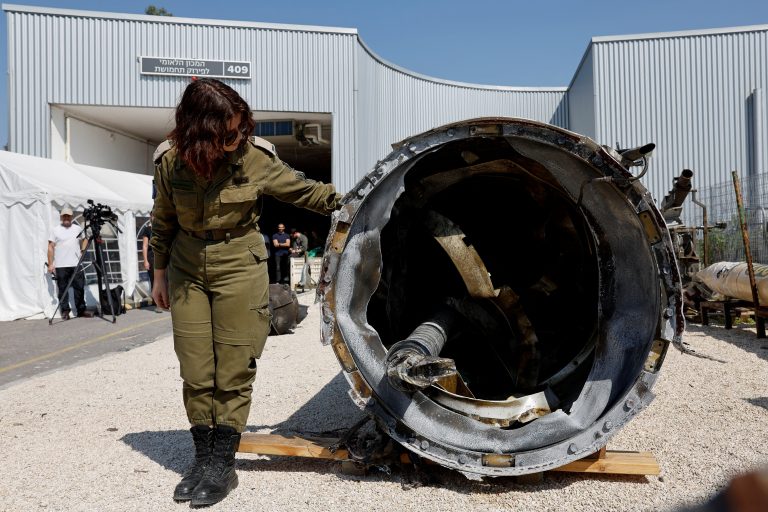A leading member of an American association for medical professionals says she’s shocked that not only are there no autopsies being performed on COVID-19 vaccine-associated deaths, but that government agencies such as the CDC, FDA, and HHS do not require them.
Dr. Jane Orient, Executive Director of the Association of American Physicians and Surgeons, made the statements in a July 7 article published on the WND website, voicing her concerns that of the more than 9,000 COVID-19 vaccine deaths reported to VAERS, she has seen reports of only a single autopsy.
The autopsy in question, a paper published on the NIH’s website by German scientists, was of a “previously symptomless 86-year-old man [who] received the first dose of the BNT162b2 [Pfizer-BioNTech] mRNA COVID-19 vaccine” and died four weeks later from acute renal and respiratory failure.
“Although he did not present with any COVID-19-specific symptoms, he tested positive for SARS-CoV-2 before he died,” reads the paper, noting that while during the autopsy “We did not observe any characteristic morphological features of COVID-19…Postmortem molecular mapping by real-time polymerase chain reaction revealed relevant SARS-CoV-2 cycle threshold values in all organs examined (oropharynx, olfactory mucosa, trachea, lungs, heart, kidney and cerebrum) except for the liver and olfactory bulb.”
Orient also cited the case of Robin Springs Saunders, a 45-year-old Baltimore mother who appears to have died after accepting the second dose of a vaccine mandated by her new employer, John Hopkins Hospital.
Success
You are now signed up for our newsletter
Success
Check your email to complete sign up
“There will be tears and flowers, but probably no autopsy – and no pause in the shots demanded for mothers and potential mothers if they want to work at JHU,” she said of the case.
Orient said she was trained before the days of CT and MRI scans, and if a patient died without a medical history, “We had to call the medical examiner, who would decide whether an autopsy was indicated. Anything potentially related to the death, such as pill bottles, was evidence. If an injection had been given, the vial would be recovered if possible. With vaccines, one is supposed to record the lot number, so it would be possible to check a sample for contaminants.”
“The most important reason was that the ‘altar of truth’ was the ultimate ‘quality assurance’ mechanism. Hospitals were required to perform autopsies on a certain proportion of decedents in order to maintain their accreditation.”
Orient said she felt strongly about autopsies, citing a study conducted between 1970 and 1990 selecting 100 autopsies at random, which found the doctor’s diagnosis while the patient was alive differed from the cause of death found at autopsy 22 percent of the time.
She also noted the rate of autopsies conducted has fallen from a 25 percent average to a 5 percent average in the last 40 years, “It never was a revenue producer for anyone except malpractice attorneys.”
“I always attended the autopsy if I could. One of my most important teachers was a patient in whom we had missed a condition that was glaringly obvious when the skull was opened. We might not have been able to save him, but since we hadn’t even thought of the diagnosis, he didn’t have a chance.”
“I find it shocking that the Centers for Disease Control and Prevention (CDC), the Food and Drug Administration (FDA), the Department of Health and Human Services (HHS) and the Joint Commission that accredits hospitals are not demanding autopsies or testing of vaccine samples,” said Orient.
“It is not possible to declare a product safe and effective without obtaining direct evidence from potential victims.”
Italy’s 18-year-old fatality
In early June, Italy halted distribution of the AstraZeneca variant of the injections after an 18-year-old girl, Camilla Canepa, died from blood clotting after taking a dose at an “open day” vaccine drive targeting young people.
According to a translation of an article published in the Italian language Il Piccolo, the surgeon who operated on Canepa’s brain in an attempt to save her life, Dr. Gianluigi Zona, Director of the Neurosurgery and Brain Trauma Clinic at Genoa San Martino General Hospital said “I had never seen a brain reduced in those conditions by a thrombosis so extensive and so serious.”
“All the venous sinuses were blocked by thrombus [blood clots], a scenario which I have never seen in all my years in this profession…You must picture the venous sinus as a river in the middle of a valley in which many different streams converge.”
“If you build a dam at the center of the watercourse, the river swells and at that point the tributaries aren’t able to run, with the result that the upstream pressure rises,” remarked Zona.
“Considering what I saw in that girl’s head, it’s clear that we are facing something not normal.”
















